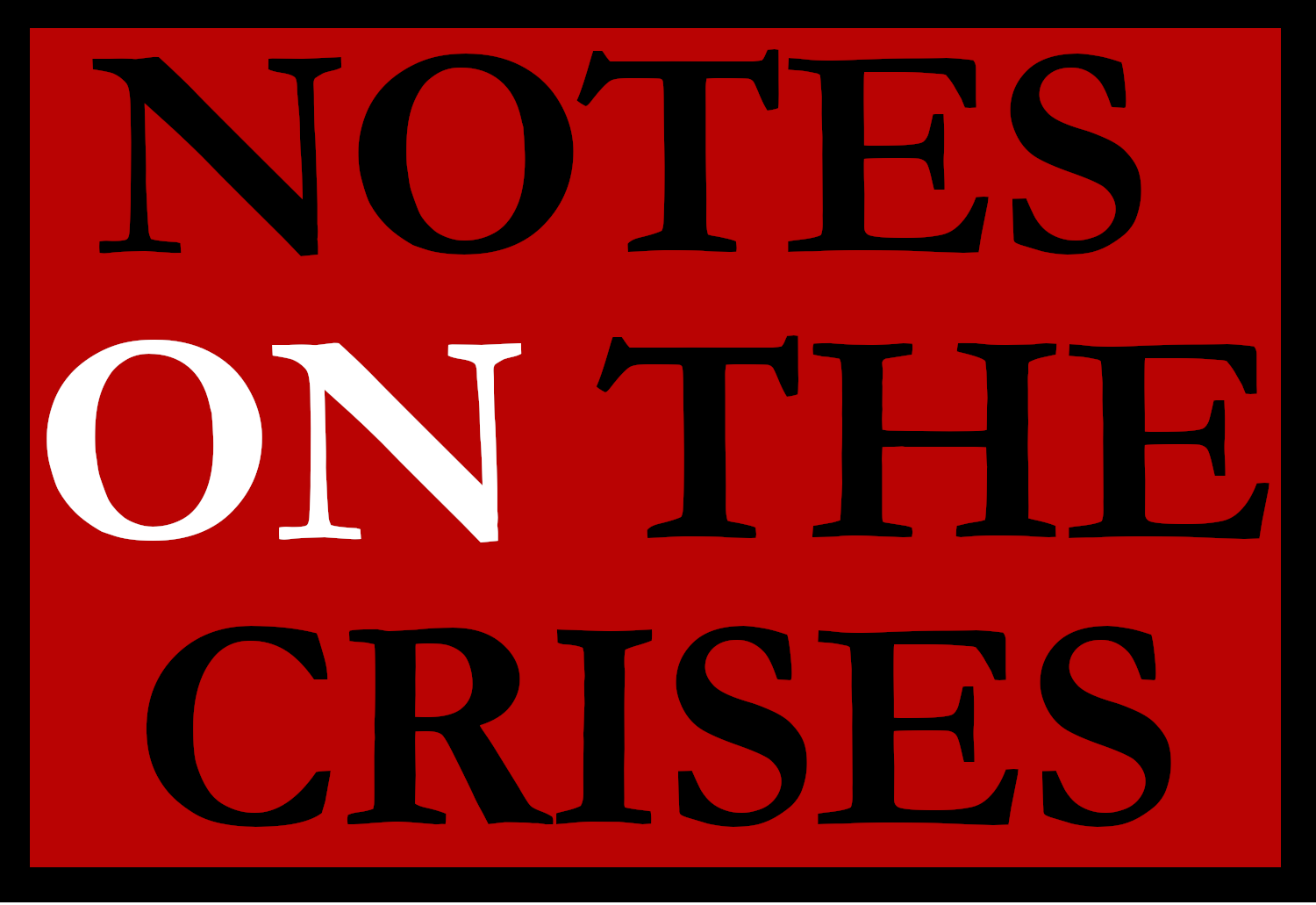Virtual Currency (in the Shadows of the Money Markets)
A co-authored essay for justmoney.org
This is a coauthored piece I co-authored for Harvard Law Professor Christine Desan’s new initiative “justmoney.org”. It is about the intersection of shadow money and technological innovation. For those of you into cryptocurrency as both a technology and a monetary phenomena, this essay may be of interest to you. For those of you interested in financial regulation, I hope that it is also interesting. It is a little bit off the beaten path relative to this Substack’s current beat, but I think readers will find overlapping themes. Hope you enjoy!
John Haskell, The University of Manchester
Nathan Tankus, The Modern Money Network
Off the radar in academic, professional and public experience until the early to mid-2000s, virtual currencies are a hot topic in contemporary academic literature. Like most successfully scaled digital schemes (e.g., computers, online payment systems, smart phones), the subject’s ubiquity tends to dispel any mystery at the immediate user-interface (e.g., we get the ‘hang’ of the new Gmail layout) but simultaneously relies on complex dynamics and internal processes that resist easy clarification and organisation (e.g., we send our computer in to the shop when it stops working). For academics, two interrelated questions emerge around the trope of virtual currencies: first, how does scholarship currently engage and second, what might we be missing – and ‘missing’ in a way that is not simply ‘gap filling’ or ‘bringing coherency’ but identifying blind spots that highlight structural biases and links to inherently partisan intellectual traditions (e.g., American Legal Realism, Institutional Economics). In this paper, we address the former before centering on the latter line of questioning and conclude with a couple suggestions about future work that academics might usefully push under the phenomena of virtual currency.
The legal scholarship operates according to a relatively formal rhetorical economy. In typical ‘lawyerly’ fashion, there is often an early effort in the text to provide definitions of core concepts, which are geared toward recent initiates into the ‘law and technology field’ and that at once gesture to the sophistication of the topic and offer a sufficiently pat resolution to that difficulty. One of the most common conventions would be to tell the reader that a ‘blockchain’ is a ‘decentralised digital ledger’ that requires ‘miners’ and ‘nodes’ to authenticate and secure various types of data communication in a way that may ‘disrupt’ the necessity of trusting in current third-party mediators, such as governments and banks. For some literature, the aim then is to unpack these technicalities further: hard and soft forks, hash functions, permission-ed and permission-less systems, tokens of investment versus utility, proof of stake versus proof of work (or other cryptographic procedures), and so forth.
To read the rest, click here.
Subscribe to Notes on the Crises
Get the latest pieces delivered right to your inbox
